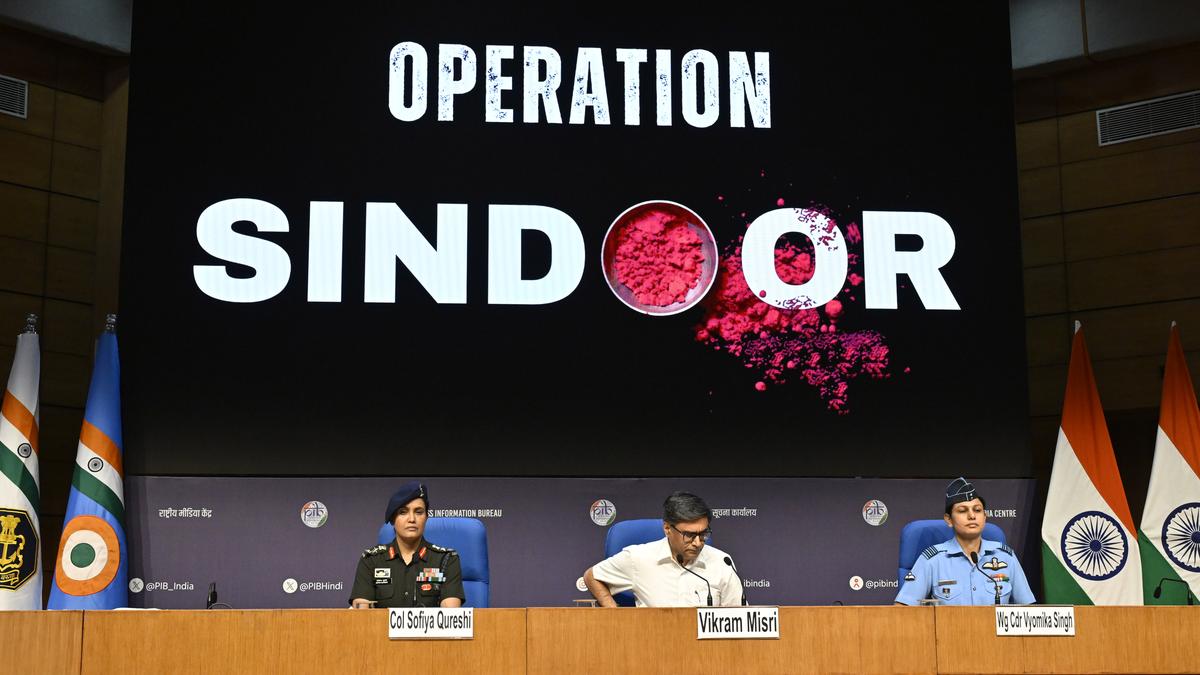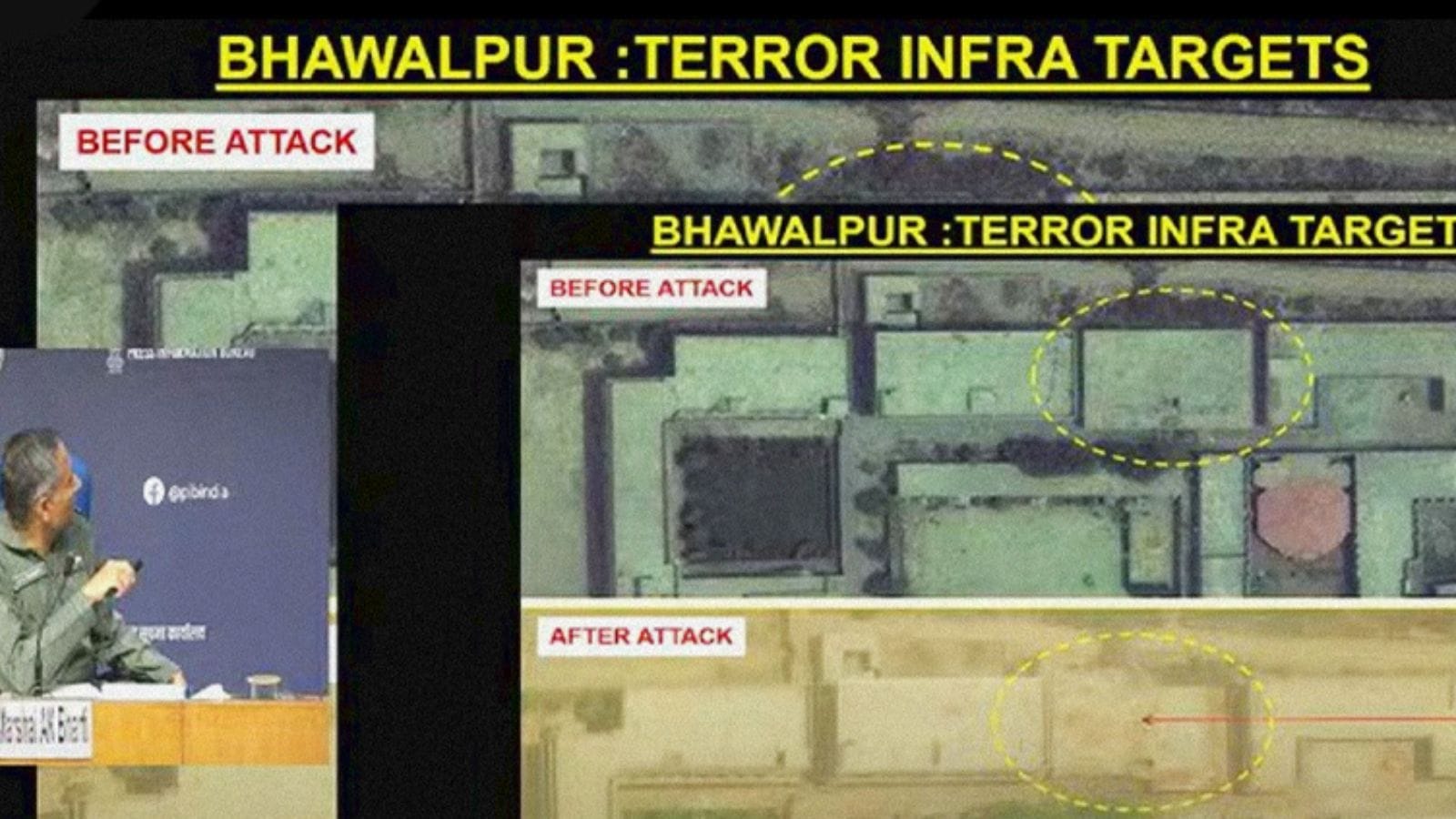Introduction
In a dramatic turn of events, India and Pakistan agreed to a ceasefire in May 2025 following a deadly exchange of missile and artillery strikes. The conflict, which was triggered by a deadly militant attack in Pahalgam, threatened to spiral into a full-scale war before a US-brokered truce brought both nuclear-armed neighbors back from the brink. Here are the top 7 takeaways from the ceasefire and its implications for South Asian stability.
1. Ceasefire Holds Despite Early Violations
Although both sides reported explosions in the hours following the ceasefire announcement, the agreement appeared to hold overnight. Accusations of violations were exchanged, but there were no major escalations as of Sunday, 11 May. This tentative calm follows one of the most dangerous military escalations in the region since the Kargil War of 1999.

2. Trump-Led US Mediation Was Key
US President Donald Trump announced the “full and immediate” ceasefire via Truth Social, crediting the breakthrough to American diplomacy. Trump’s administration, including Secretary of State Marco Rubio and Vice-President JD Vance, reportedly spent 48 hours negotiating with Indian and Pakistani officials. Trump called the resolution “historic and heroic,” emphasizing the role of the US in averting a larger catastrophe.
3. Role of Global Diplomacy
Beyond the US, leaders from over three dozen countries—including the UK and the UN—played a role in supporting diplomatic de-escalation. UK Prime Minister Sir Keir Starmer and UN Secretary-General António Guterres welcomed the ceasefire, emphasizing the need for it to be lasting and meaningful.
4. Background: The Pahalgam Attack
The conflict was ignited by a brutal militant attack on 22 April in Pahalgam, Indian-administered Kashmir, that left 26 tourists dead. India accused Pakistani-backed militants of orchestrating the attack, prompting a series of retaliatory air and missile strikes, including the deployment of BrahMos missiles—a rare move indicating the seriousness of the situation.
5. Heavy Civilian Toll

India reported at least 21 civilians killed by Pakistani shelling, while Pakistan claimed 36 fatalities from Indian air and artillery strikes. Both sides also targeted military infrastructure, heightening the risk of escalation into broader conventional warfare. The damage in cities like Jammu and Srinagar was significant, as reported by the BBC.
6. Kashmir Remains a Flashpoint
The ceasefire does little to resolve the underlying issue: Kashmir. Claimed in full but administered in parts by both India and Pakistan, the region remains a hotspot for future confrontations. Indian Foreign Secretary Misri emphasized that India would continue its “uncompromising” stance against terrorism, while Pakistan reiterated its call for troop restraint.
7. Next Steps: Dialogue at a Neutral Site
Secretary Marco Rubio confirmed that both sides have agreed to begin broader talks at a neutral venue, signaling hope for a diplomatic path forward. Topics on the agenda reportedly include counter-terrorism cooperation, trade, and humanitarian issues related to Kashmir.
Conclusion
While the ceasefire brings temporary relief, the India-Pakistan conflict remains far from resolved. The role of the United States and global powers in diffusing the situation highlights the fragile nature of peace in South Asia. With dialogue on the horizon, the coming weeks will determine whether this truce holds—and whether it can pave the way for a more enduring peace.
For more on the recent escalation, read our coverage on India’s BrahMos missile strikes and their strategic implications.









